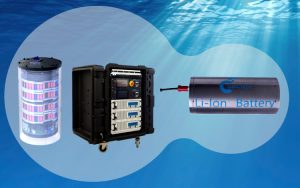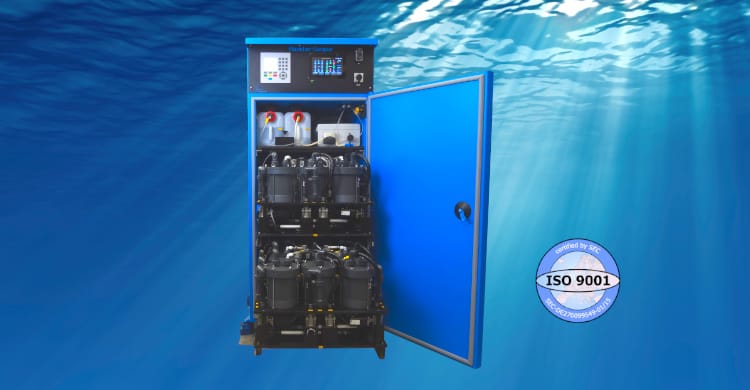The world ocean covers more than 70% of the surface of our planet but we still have a very limited understanding about this blue world. By far, the oceans are the largest habitat on earth and feeding the world depends strongly on a healthy ocean. Our energy supply is hinged on the ocean: extracting oil and gas, the transport of fossil fuels and as location for renewables. We are able to extract drinking water from the sea and we ship our goods around the planet with gigantic vessels.
All those activities rely on an understanding of the ocean and on predictions how the oceans and the overlaying atmosphere interact. Satellite based observations are a very powerful tool for ocean observation and the sheer amount of data coming from satellites is outstanding. However, we still need to set sails and observe and measure on site. Scientists deploy instruments, which are capable to monitor the oceans from its surface down to the great depth of the sea floor. This is no easy task. Instruments need to withstand enormous mechanical stress in stormy seas or in great depth, resist the aggressive nature of sea salt and need a power source for operating in remote areas. At the same time, researcher ask for precision, accuracy and long-time stability when it comes to measure essential ocean parameters.













 We developed an innovative and one-of-a-kind Microplastic Sampler for underway systems to cover the demand in getting high-quality scientifical data. While previous methods are based on towing of huge nets and require a skilled crew for operation, the system works autonomously and do not depend on a calm sea state. Our instruments are operated even on racing yachts at high boat speed and during all sea conditions with a low demand on man power. Samples are separated by size fractioning and can easily connected with lab based analytical methods.
We developed an innovative and one-of-a-kind Microplastic Sampler for underway systems to cover the demand in getting high-quality scientifical data. While previous methods are based on towing of huge nets and require a skilled crew for operation, the system works autonomously and do not depend on a calm sea state. Our instruments are operated even on racing yachts at high boat speed and during all sea conditions with a low demand on man power. Samples are separated by size fractioning and can easily connected with lab based analytical methods. The method had been tested during the last Volvo Ocean Race (2017/18 – see illistration). Remarkable and unique scientific data had been collected. The Microplastic Sampler can be operated standalone or in combination with or powerful OceanPack underway system (“FerryBox”).
The method had been tested during the last Volvo Ocean Race (2017/18 – see illistration). Remarkable and unique scientific data had been collected. The Microplastic Sampler can be operated standalone or in combination with or powerful OceanPack underway system (“FerryBox”).
